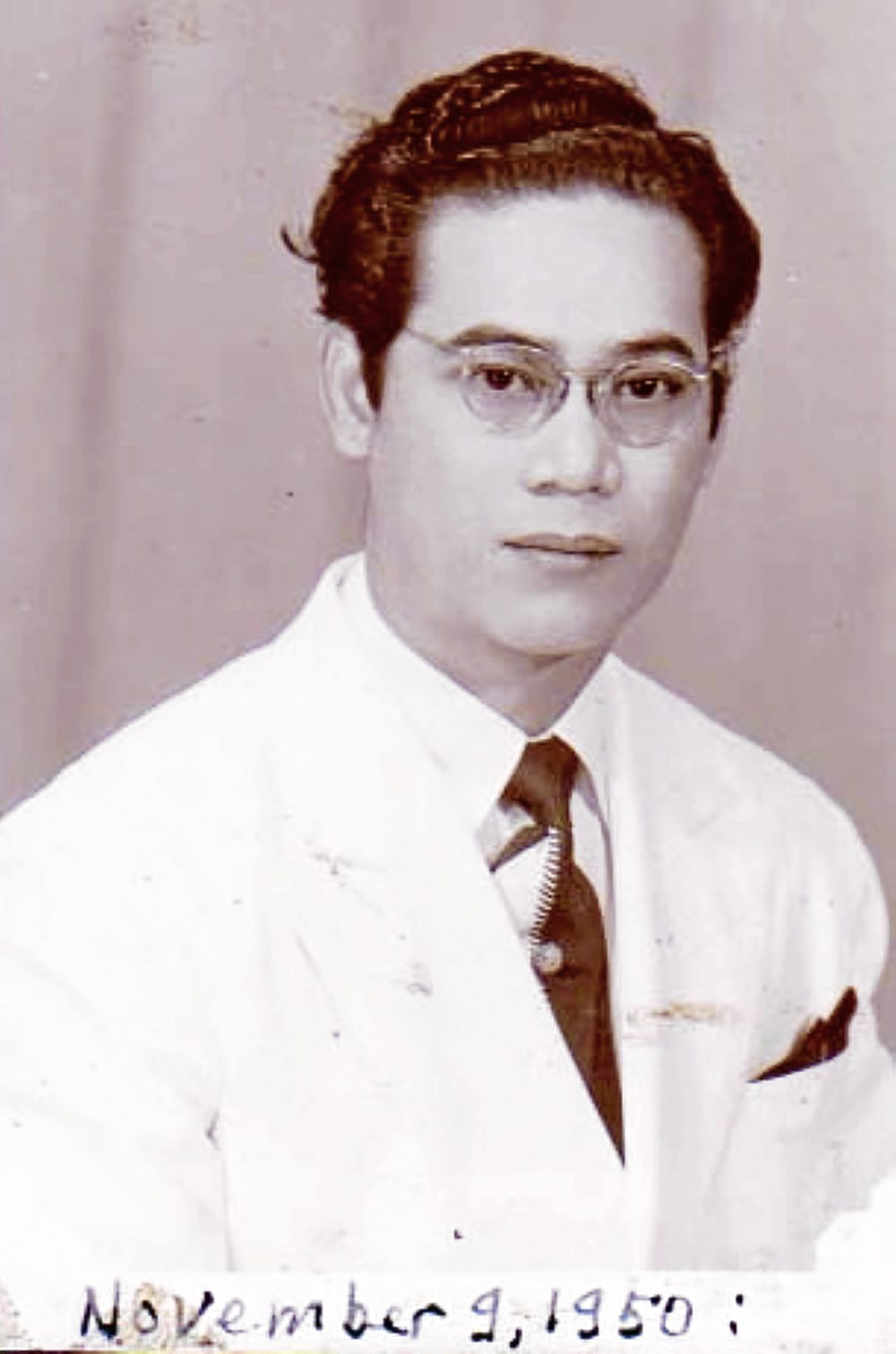
In the course of a series of conversations with Ambeth Ocampo, which Ambeth has been kind enough to recall in these pages, Agoncillo once waxed eloquent against Luna’s betrayal of the first phase of the revolution (“Luna not only did not join the Revolution of 1896, he was a traitor!”) before reaching a thundering conclusion: “As a matter of fact, I do not consider Luna a hero.

The circumstances of how Agoncillo's work came to the attention of the author in the 1960s are also discussed.I mean Antonio Luna, of course. Finally seeing print in 1956, it provided a novel and timely reading of Bonifacio at a time when Rizal's legacy was being debated in the Senate and as the Church hierarchy, priests, intellectuals, students, and even general public were getting caught up in heated controversies over national heroes. The politics of hooking the present onto past events and heroic figures led to the prize-winning manuscript's suppression from 1948 to 1955. The 1890s themes of exploitation and betrayal by the propertied class, the rise of a plebeian leader, and the revolt of the masses against Spain, are implicitly being played out in the late 1940s. Was independence in 1946 really a culmination of the revolution of 1896? Was the revolution spearheaded by the Communist-led Huk movement legitimate? Agoncillo's book was written in 1947 in order to hook the present onto the past.

Teodoro Agoncillo's classic work on Andres Bonifacio and the Katipunan revolt of 1896 is framed by the tumultuous events of the 1940s such as the Japanese occupation, nominal independence in 1943, Liberation, independence from the United States, and the onset of the Cold War.

Reflections on Agoncillo's The Revolt of the Masses and the politics of history. Reflections on Agoncillo's The Revolt of the Masses and the politics of history


 0 kommentar(er)
0 kommentar(er)
